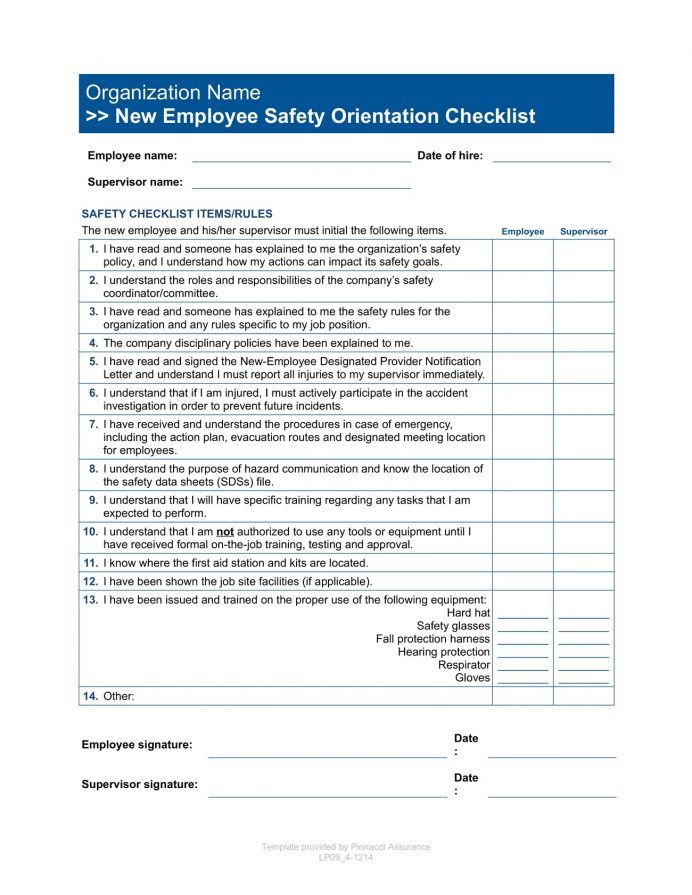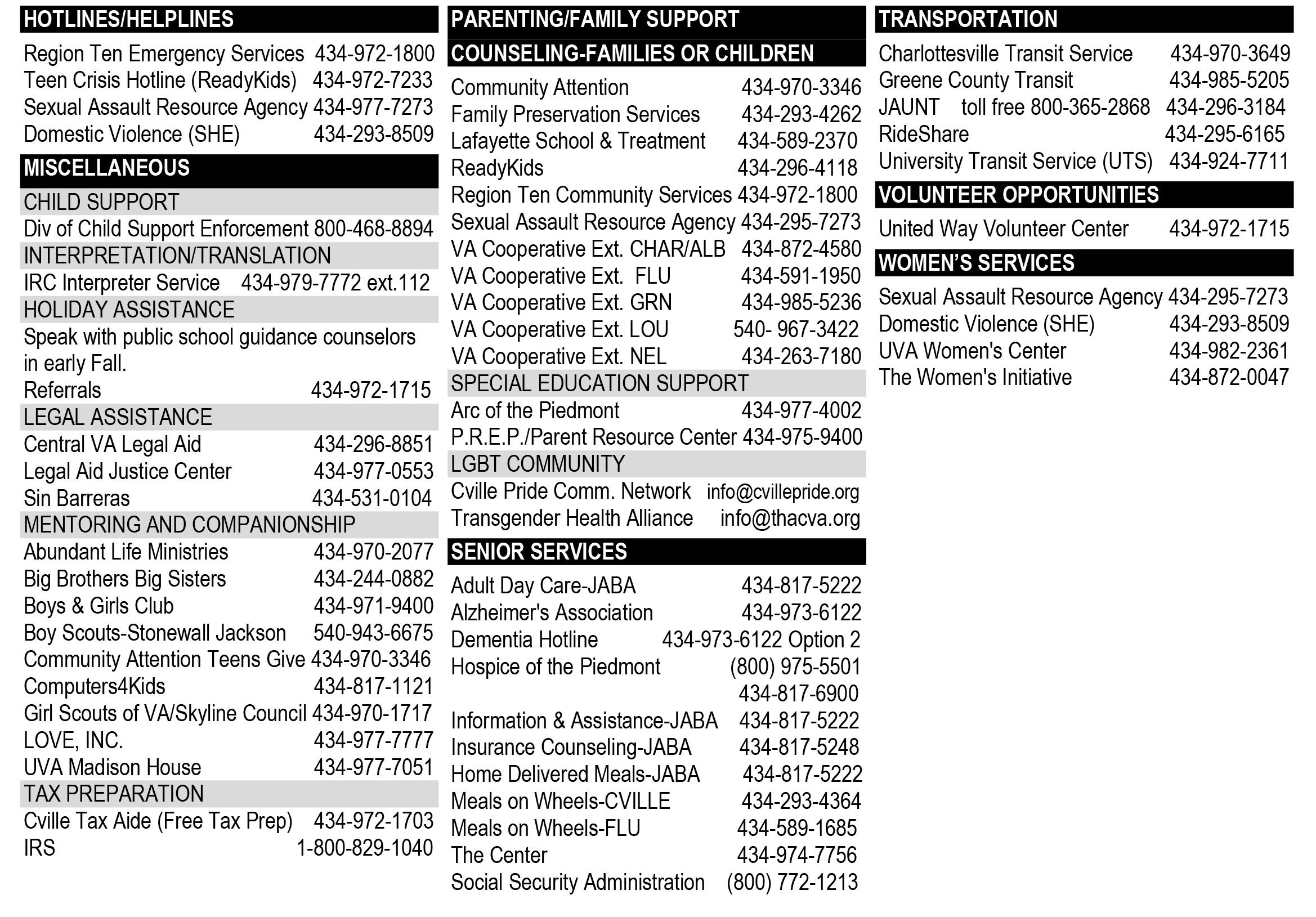Safety Orientation Checklist

When it comes to ensuring a safe working environment, a thorough safety orientation is crucial for new employees, contractors, or visitors. This safety orientation checklist is designed to be comprehensive, covering key areas that need to be addressed to maintain a safe and compliant workplace. Here’s a detailed guide on how to structure your safety orientation program:
Introduction to Safety Culture
- Welcome and Introduction: Begin by welcoming the individual to the organization and introducing the purpose of the safety orientation.
- Overview of Safety Policy: Provide an overview of the company’s safety policy, emphasizing the commitment to maintaining a safe working environment.
- Expectations and Responsibilities: Clearly outline the expectations and responsibilities of both the employee and the employer in terms of safety.
Workplace Hazards and Risks
- Identification of Hazards: Discuss how to identify potential hazards in the workplace, including physical, chemical, biological, and psychological hazards.
- Risk Assessment and Management: Explain the process of assessing risks and implementing measures to mitigate or eliminate them.
- Reporting Incidents and Near Misses: Stress the importance of reporting all incidents, including near misses, and the procedure for doing so.
Safety Procedures and Protocols
- Emergency Procedures: Cover emergency procedures such as evacuation plans, first aid, and fire response.
- Use of Personal Protective Equipment (PPE): Discuss the proper use, maintenance, and storage of PPE relevant to the job tasks.
- Safe Work Practices: Introduce safe work practices for specific tasks, including manual handling, working at heights, and operating machinery.
Health and Wellbeing
- Physical Health: Discuss factors that can affect physical health in the workplace, such as ergonomics, noise, and vibration.
- Mental Health and Stress Management: Emphasize the importance of mental health, signs of stress, and strategies for managing stress.
- Substance Abuse Policy: Outline the organization’s policy on substance abuse and its implications for workplace safety.
Compliance and Regulations
- Overview of Relevant Laws and Regulations: Provide an overview of the laws and regulations that govern workplace safety, including OSHA standards or equivalent.
- Compliance Requirements: Detail the requirements for compliance, including training, record-keeping, and inspections.
- Consequences of Non-Compliance: Discuss the potential consequences of non-compliance, both for the individual and the organization.
Training and Competence
- Initial Training: Outline the initial training that employees will receive, including safety orientation, job-specific training, and any regulatory requirements.
- Continuing Education and Training: Emphasize the importance of ongoing training and professional development in maintaining and improving safety competence.
- Competency Assessment: Explain the process for assessing employee competence in safety procedures and protocols.
Open Communication and Feedback
- Encouraging Open Communication: Stress the importance of open communication regarding safety concerns, ideas for improvement, and feedback.
- Reporting Safety Concerns: Provide clear channels for reporting safety concerns or near misses without fear of reprisal.
- Regular Safety Meetings: Discuss the schedule and format for regular safety meetings, including agendas and expected outcomes.
Conclusion and Next Steps
- Summary of Key Points: Summarize the key points covered during the safety orientation.
- Questions and Feedback: Allow time for questions and feedback from participants.
- Next Steps: Outline the next steps for the individual, including any additional training, paperwork, or equipment fittings required before starting work.
FAQ Section
What should I do in case of an emergency?
+In case of an emergency, stay calm and follow the emergency procedures outlined during your safety orientation. This includes evacuating the premises if necessary, calling for medical help, or activating the fire alarm.
How do I report a safety concern or near miss?
+To report a safety concern or near miss, use the incident reporting form available on the company's intranet or through your supervisor. All reports are treated confidentially and investigated promptly.
What training will I receive, and how often?
+You will receive initial training that covers general safety procedures, job-specific safety protocols, and any training required by law or company policy. Ongoing training and refreshers are provided at regular intervals, usually quarterly or annually, depending on your role and the nature of your work.
By following this comprehensive safety orientation checklist, organizations can ensure that new employees, contractors, and visitors are well-equipped to contribute to and benefit from a safe working environment. Remember, safety is an ongoing process that requires continuous learning, adaptation, and commitment from everyone involved.



